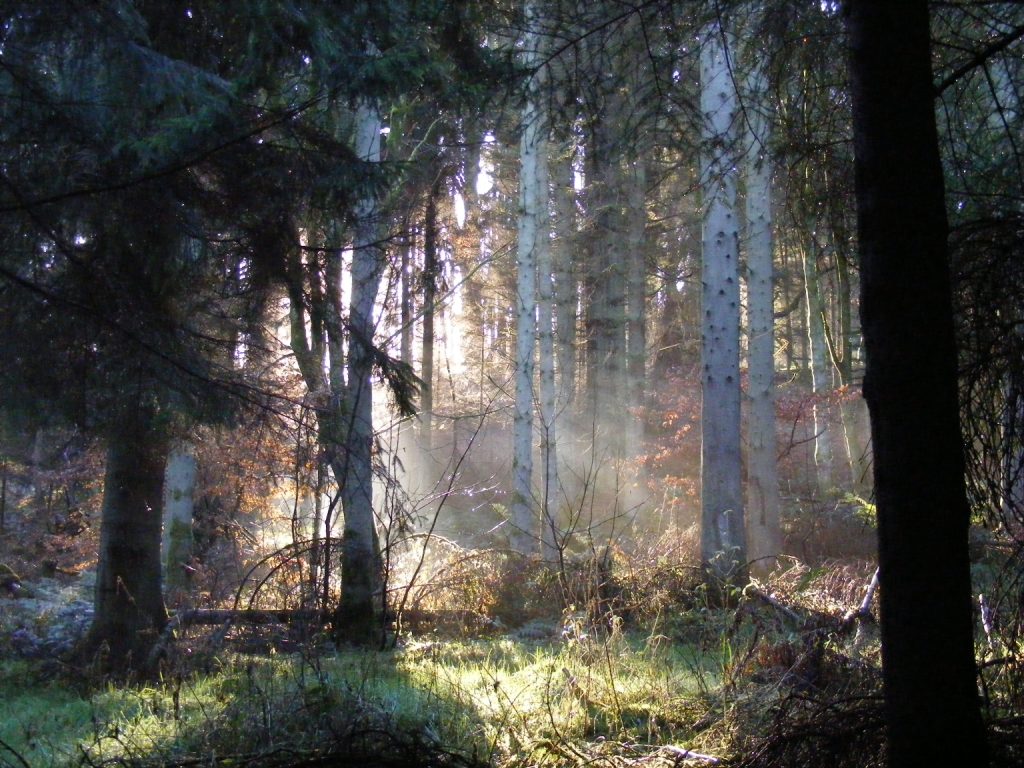The body language of trees

After last week, I will never look at a tree the same way again! I went on a training course all about looking at the body language of trees which seems rather hippy-dippy now that I write it but I can assure you, it is all based on scientific fact. The only training I really get to go on nowadays is health and safety related and although sometimes tedious I completely understand why we do it and I agree that it should be done, not everything is common sense and not everyone’s ‘common sense’ is the same as everyone else’s ‘common sense’. Anyway, I digress!
You learn to look at a tree and see where its weaknesses lie. For example, there’s a term in arboriculture known as the ‘banana crack’. You will find this crack on leaning trees, on the opposite side of the lean, running vertically up the trunk. It actually allows for the tree to be more flexible in the wind and the crack will open and close as the tree moves. A crack like this although dramatic in appearance is actually not dangerous. If the crack was 90o to the lean of the tree; then you can be worried.
I also learnt some fascinating facts. You are more likely to win the lottery than you are to be killed by a tree. On average, five to six people a year are killed by trees but the majority of these people work in a tree related industry. One in 150 million trees kill people. And finally, 90% of trees roots are within 60cm of the surface.
In other news, our boardwalk is almost finished and the kingfishers are still being regularly spotted up and down the river!
Help protect Scotland’s wildlife
Our work to save Scotland’s wildlife is made possible thanks to the generosity of our members and supporters.
Join today from just £3 a month to help protect the species you love.
Preface
After last week, I will never look at a tree the same way again! I went on a training course all about looking at the body language of trees which …
